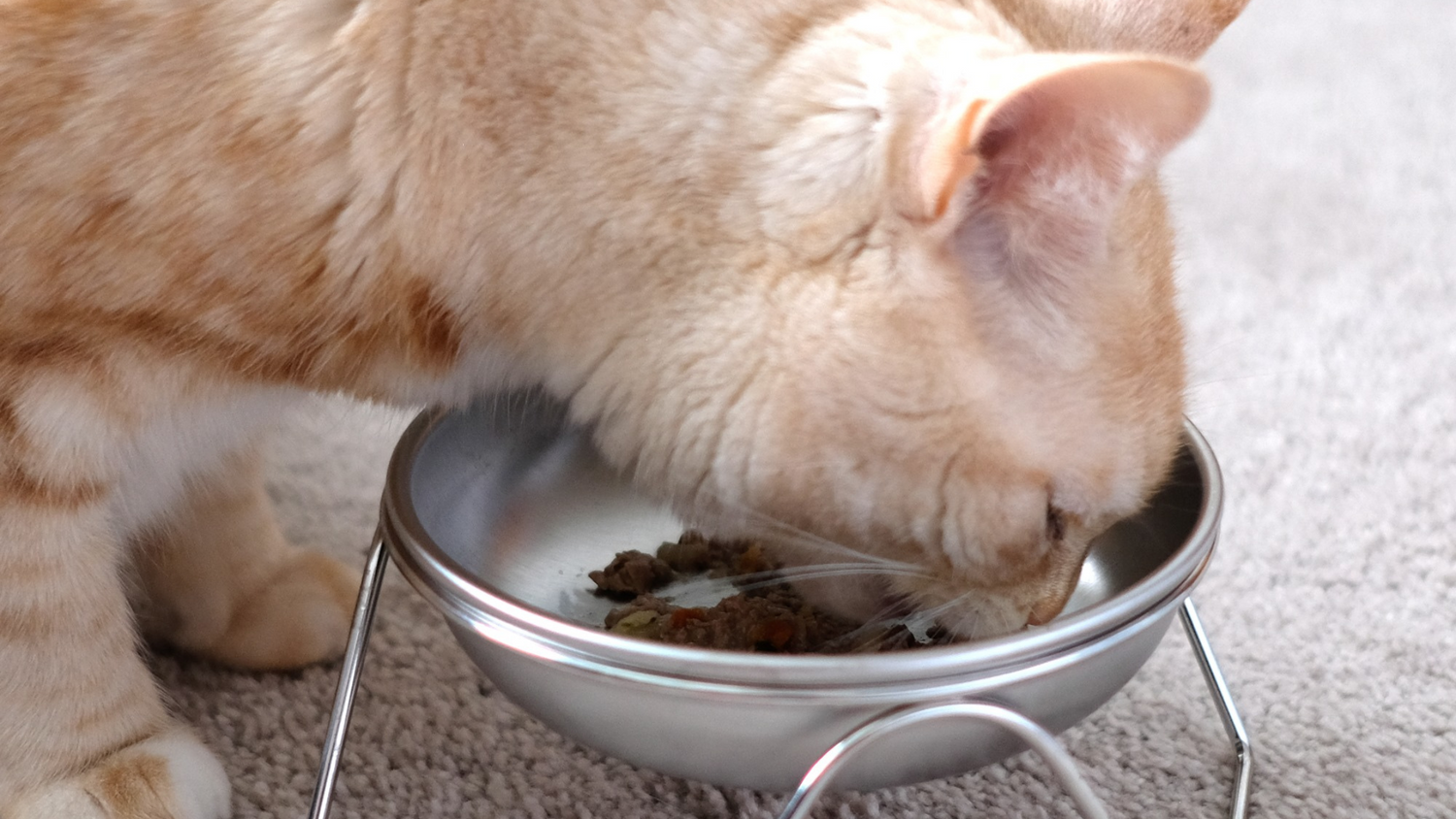Pica in dogs is a condition characterized by the compulsive desire to eat non-food items. This behavior can be concerning for dog owners and can lead to health issues for their pets. Understanding the causes of pica in dogs and finding appropriate solutions is essential for managing this condition.
Causes of Pica in Dogs
There are several potential causes of pica in dogs, and understanding these factors can help in addressing the issue effectively. Some common causes of pica in dogs include:
Nutritional Deficiencies
Dogs may exhibit pica behavior if they are lacking certain nutrients in their diet. This can lead to cravings for non-food items as their bodies try to fulfill the nutrient deficiency. It is essential to ensure that your dog is receiving a balanced and nutritious diet to prevent pica due to nutritional deficiencies.
Behavioral Issues
Some dogs may develop pica as a result of behavioral issues such as anxiety, boredom, or stress. In these cases, pica may be a coping mechanism for the dog to alleviate their emotional distress. Identifying and addressing the underlying behavioral issues is crucial in managing pica in dogs.
Medical Conditions
Medical conditions such as gastrointestinal diseases, diabetes, or thyroid disorders can contribute to pica in dogs. It is important to consult with a veterinarian to rule out any underlying medical issues that may be causing the pica behavior in your dog.
Environmental Factors
Environmental factors such as a lack of mental stimulation, confinement, or access to non-food items can also trigger pica in dogs. Providing a stimulating and enriching environment for your dog can help reduce the likelihood of pica behavior.
Solutions for Managing Pica in Dogs
Once the underlying causes of pica in dogs have been identified, there are several strategies that can be employed to manage this behavior. Some effective solutions for managing pica in dogs include:
Dietary Changes
Ensuring that your dog is receiving a balanced and nutritious diet is essential in preventing pica due to nutritional deficiencies. Consult with a veterinarian to determine if any dietary changes or supplements are necessary to address your dog’s nutritional needs.
Behavioral Modification
Addressing any underlying behavioral issues through training, mental stimulation, and exercise can help reduce pica behavior in dogs. Providing your dog with plenty of opportunities for physical and mental activity can help alleviate stress and boredom, reducing the likelihood of pica.
Medical Treatment
If pica in dogs is found to be related to an underlying medical condition, appropriate medical treatment should be sought. Treating the underlying medical issue can help alleviate the pica behavior in dogs.
Environmental Management
Creating a safe and stimulating environment for your dog is crucial in managing pica. Ensuring that non-food items are not accessible to your dog and providing plenty of toys and interactive activities can help redirect their focus away from pica behavior.
Conclusion
Understanding pica in dogs and identifying the underlying causes is essential in managing this behavior effectively. By addressing nutritional, behavioral, medical, and environmental factors, dog owners can help their pets overcome pica and lead happier, healthier lives.
FAQs
How can I tell if my dog has pica?
Some common signs of pica in dogs include eating non-food items such as rocks, dirt, or fabric, vomiting, diarrhea, abdominal discomfort, and weight loss. If you suspect that your dog may have pica, it is important to consult with a veterinarian for a proper evaluation.
Can pica in dogs be dangerous?
Yes, pica in dogs can be dangerous as it can lead to gastrointestinal obstruction, poisoning, or other health issues. It is important to address pica behavior in dogs to prevent potential health risks.
Is pica in dogs a sign of a behavioral problem?
Pica in dogs can be a sign of underlying behavioral issues such as anxiety, boredom, or stress. Identifying and addressing these behavioral issues is crucial in managing pica behavior in dogs.
Can pica in dogs be cured?
While pica in dogs may not have a definitive cure, it can be managed effectively through dietary, behavioral, medical, and environmental interventions. Working with a veterinarian and a professional dog trainer can help in addressing pica behavior in dogs.
how to fix pica in dogs
Understanding Pica in dogs is important for pet owners to identify and address this potentially harmful behavior. Pica is the consumption of non-food items, such as rocks, socks, or toys, and can lead to serious health issues for dogs. There are several causes of Pica in dogs, including nutritional deficiencies, boredom, anxiety, and medical conditions. It’s important for pet owners to understand the root cause of their dog’s Pica in order to implement effective solutions.
One common cause of Pica in dogs is nutritional deficiencies. If a dog’s diet lacks certain essential nutrients, they may be more likely to seek out non-food items to fulfill their nutritional needs. It’s important for pet owners to ensure their dog is receiving a balanced and nutritious diet to prevent Pica from developing. Consulting with a veterinarian to determine the best diet for their dog is essential for pet owners.
Boredom and anxiety are also common causes of Pica in dogs. Dogs that are left alone for long periods of time or are not provided with enough mental and physical stimulation may resort to consuming non-food items out of boredom or stress. Providing regular exercise, mental stimulation, and interactive toys can help alleviate boredom and anxiety in dogs, reducing the likelihood of Pica.
Medical conditions can also contribute to Pica in dogs. Conditions such as gastrointestinal disorders, parasitic infections, or thyroid issues can lead to abnormal cravings for non-food items. It’s crucial for pet owners to seek veterinary care if they suspect that their dog’s Pica is related to a medical condition. Once the underlying medical issue is addressed, the Pica behavior may subside.
If a dog is exhibiting Pica behavior, it’s important for pet owners to seek solutions to prevent any harm to the dog. One effective solution is to remove access to non-food items that the dog may be tempted to consume. Keeping socks, children’s toys, and other small objects out of the dog’s reach can prevent potential ingestion and the associated health risks.
Another solution is to provide the dog with safe and appropriate chew toys to satisfy their natural urge to chew. Chew toys that are designed for dogs can help redirect their chewing behavior away from non-food items and provide them with a healthy outlet for their chewing instincts.
Lastly, seeking professional help from a veterinarian or animal behaviorist can be beneficial in addressing Pica in dogs. These experts can help identify the underlying cause of the behavior and develop a personalized plan to address it. By understanding the causes of Pica in dogs and implementing effective solutions, pet owners can help their dogs lead a healthier and safer life. how to fix pica in dogs








